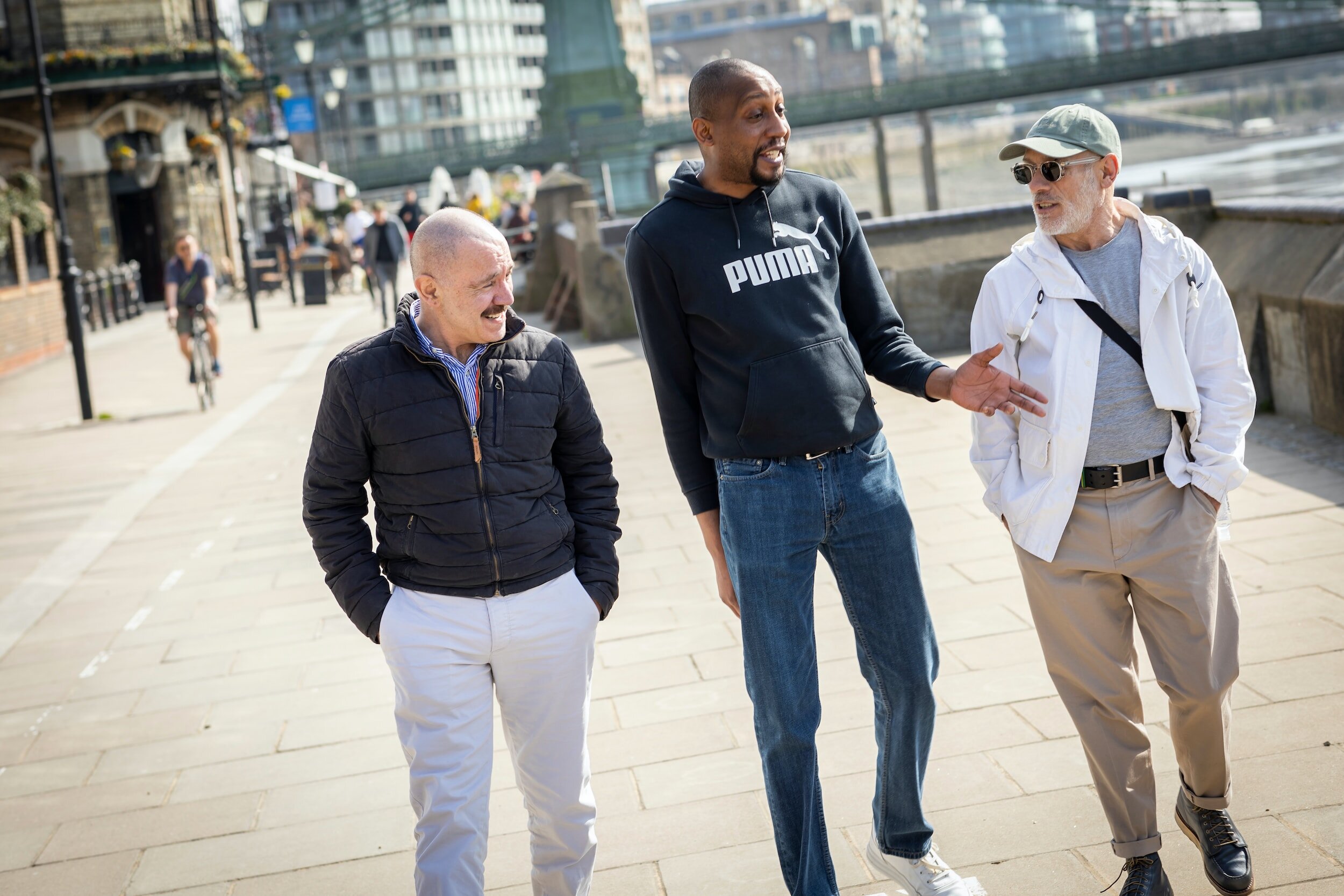Use it or Lose it…& Get it Back Again!
Use it or Lose it! This is a very common saying that we hear when it comes to physical activity. But if you lose it, is that the end of the story? No! So, where do we go next?
Step 1: Find Your Path
New Years is around the corner and one of the most common resolutions is: “I’m going to get back in shape!” But that determination can be remarkably short lived. Why is that? The answer is remarkably simple.
Choosing to exercise because you feel that you should, rather than wanting to
Setting the bar too high
Setting unreasonable goals
Going from 0 to 100 in your activity levels
So what can you do? Change your thinking. The most important part of a self-driven change is your motivation. If there’s something you truly want you’re more likely to push through the difficult phases of the process to get there. Once you know what you want, goal setting can help you get there. And don’t worry, we’ll walk you through it in the next step!
Step 2: Goal Setting
Small changes can make a big impact, and while we often think of that working against us, it can also work for us. When you’re looking to rebuild your stamina or get back into shape, the path to success is as gradual as the one that led you to today.
You want to begin with the end in mind, but you also want to break it down into achievable steps. SMART goals are your best friend when you’re looking to make lasting change. So, what is a SMART goal?
Specific: Identify your starting point and your end point.
Measurable: This is the most important part! What steps will you take to get to that end point?
Attainable: When you think about your plan, do you feel anxious or overwhelmed? If you drew a line from your starting point to your ending point, would it be a steep line, or a gradual slope? Slow and steady wins the race!
Relevant: Does the end result feel worth while? Ask yourself why you want to achieve this goal and why you think it’s important.
Timely: When do you want to complete your goal? If you look at your pictured pace, how long will it take you to reach the end point? Do you have an event that you want to participate in or a vacation you want to increase your stamina in time for?
Let’s look an the example “I want to walk to the store without getting tired.”
Specific: I feel tired after walking two blocks. The store is three blocks away and I want to be able to walk there and back home.
Measurable: I’m going to walk two blocks every day for a week. Then I’ll walk two and a half blocks every day for the next two weeks. If this is going well, in the 4th week, I’ll walk for 3 blocks every day.
Attainable: I’m a little nervous, but I think I can do it! If I get overwhelmed, I’ll ask my friend to walk with me.
Relevant: My family is planning to visit and I want to be able to keep up with them when we go outside.
Timely: I’m going to challenge myself for 30 days! I want to improve my stamina for when my daughter visits me in a month.
Step 4: Stay on Track
Remember that you’re doing something difficult and treat yourself with kindness. Even the best plans can be interrupted if we hit a bump in the road, especially if it’s outside of our control. Having some strategies in your back pocket for these hiccups can keep you on track to your goal.
Positive reinforcement works better than negative reinforcement.
Reward yourself for your hard work! This can look different for everyone. Maybe it’s seeing a completed sticker chart of your progress. Maybe it’s treating yourself to your favourite meal at the end of the week. Find what makes you feel good!
Have a support buddy!
We all need someone to lean on sometimes. Having someone on your side to help you stay accountable to your goal is an excellent way to stay on track. If you’re having difficulty getting started, ask them to join you. If you’re feeling overwhelmed, talk to them about it. Remember, this can be a friend, a family member, a personal trainer, or even a Physiotherapist can be your champion!
The difference between self-compassion and self-criticism.
Studies have shown that when we self-criticize, it is less helpful than using self-compassion. We often think to stay motivated, we need to be stern or hard on ourselves but it actually does the opposite! Have self-compassion in your tool belt when you’re having a hard day. Everyone needs a rest day.
Change is always possible! In Physiotherapy, losing your muscle strength or physical stamina is called “deconditioning” and it’s not a reason to lose hope! You have a caring team of Physiotherapists to support you on your journey to take back that physical ability. If you’re looking to start improving your stamina, regaining your balance, or becoming stronger- contact our office today!





